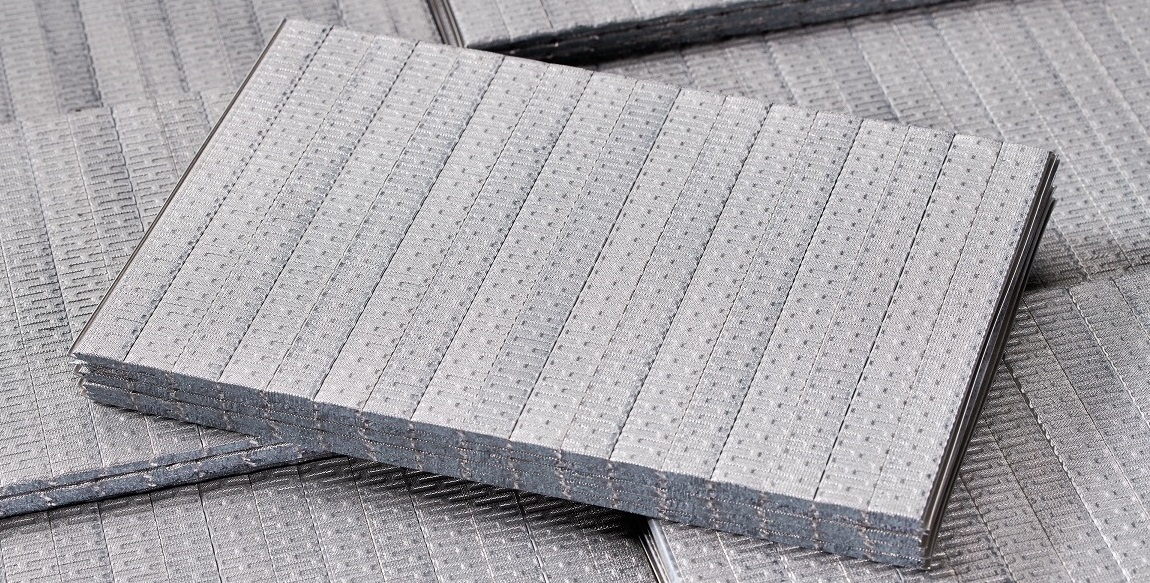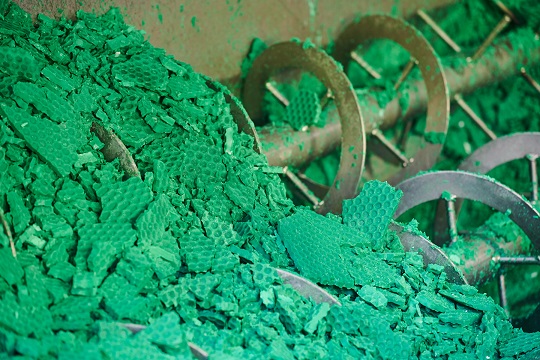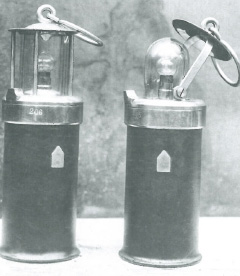Precipitated from Salt: How Active Materials for Ni-Cd Cells Are Made
Technology
November 4. 2022
2 min.
Electrodes are probably the most fundamental components of a cell, but making them is far from simple, starting with the preparation of active materials.

In a discharged nickel-cadmium cell, the electrochemically active material of the positive electrode (cathode) is nickel(II) hydroxide, or Ni(OH)2, while in the negative electrode (anode) it’s cadmium hydroxide, or Cd(OH)2. A separator is used to ensure good electrical insulation between the cathode and anode. In Ni-Cd cells, the separator is either non-woven polypropylene fibres or polypropylene grids.
The system is submerged in an electrolyte, which for nickel-cadmium cells, is usually a solution of potassium hydroxide (KOH). The separator is a key component of the cell since it also facilitates the diffusion of ions between the cathode and the anode during charging and discharging. During the charging of the cell, the active component of the cathode is converted into nickel oxide hydroxide (NiOOH), while the cadmium hydroxide on the anode is converted into metallic cadmium.
The production of the active components of Ni-Cd cells is not a simple process at all. Nickel(II) hydroxide, which is a green substance that is almost insoluble in water, can be obtained in six different ways. Ni(OH)2 intended for nickel-cadmium cells is usually obtained through precipitation from a solution of nickel salt mixed with a hydroxide solution. The selection of both components, their concentration, the temperature of the reaction, and other precipitation conditions have a major impact on the properties of the produced nickel(II) hydroxide and its potential uses. Specifically, the nickel(II) hydroxide used in Ni-Cd cells has particle sizes ranging from less than 10 to 30 micrometres.

Nickel(II) hydroxide being processed at GAZ
Cadmium hydroxide is a white crystalline substance that is usually produced as a precipitate by mixing cadmium nitrate with sodium hydroxide, but other cadmium salts may be used as well. Besides in nickel-cadmium cells, cadmium hydroxide is also used as active material in silver-cadmium cells, in the production of inorganic pigments and as a base material for other cadmium compounds production.
In any case, every cell needs a medium that enables the ion exchange between both electrodes, and therefore the electrolyte has a major impact on the cell’s performance. KOH solution has a high electrical (ion) conductivity, higher than the formerly used sodium hydroxide solutions, as well as a low freezing temperature. In nickel-cadmium cells, the concentration of the KOH solution is between 19 and 24 percent for pocket plate cells and about 30 percent in sintered Ni-Cd cells. The specific concentration of KOH in the solution also depends on the conditions that the cell is made for.
| The predecessor of the modern nickel-cadmium cell was the iron-nickel cell, patented by Edison in 1901. As the name suggests, the anode was made of iron and the electrolyte was a solution of sodium hydroxide. It was the Swedish inventor Waldemar Jungner who added cadmium to the negative electrode and created the first Ni-Cd cell. But the idea to use pure cadmium and KOH as the electrolyte came later. |
Similar articles
Cell-to-cell Separator: A Part as Unspectacular, as it is Indispensable
January 8. 2025
2 min.
ViewWhat else can Electrolyte do
October 10. 2024
2 min.
ViewCutting Energy Purchase by a Third? Perfect Task for Batteries
September 5. 2024
2 min.
ViewWill Sodium replace Lithium in Batteries? It might, but it won't
August 19. 2024
3 min.
Expert article
View



